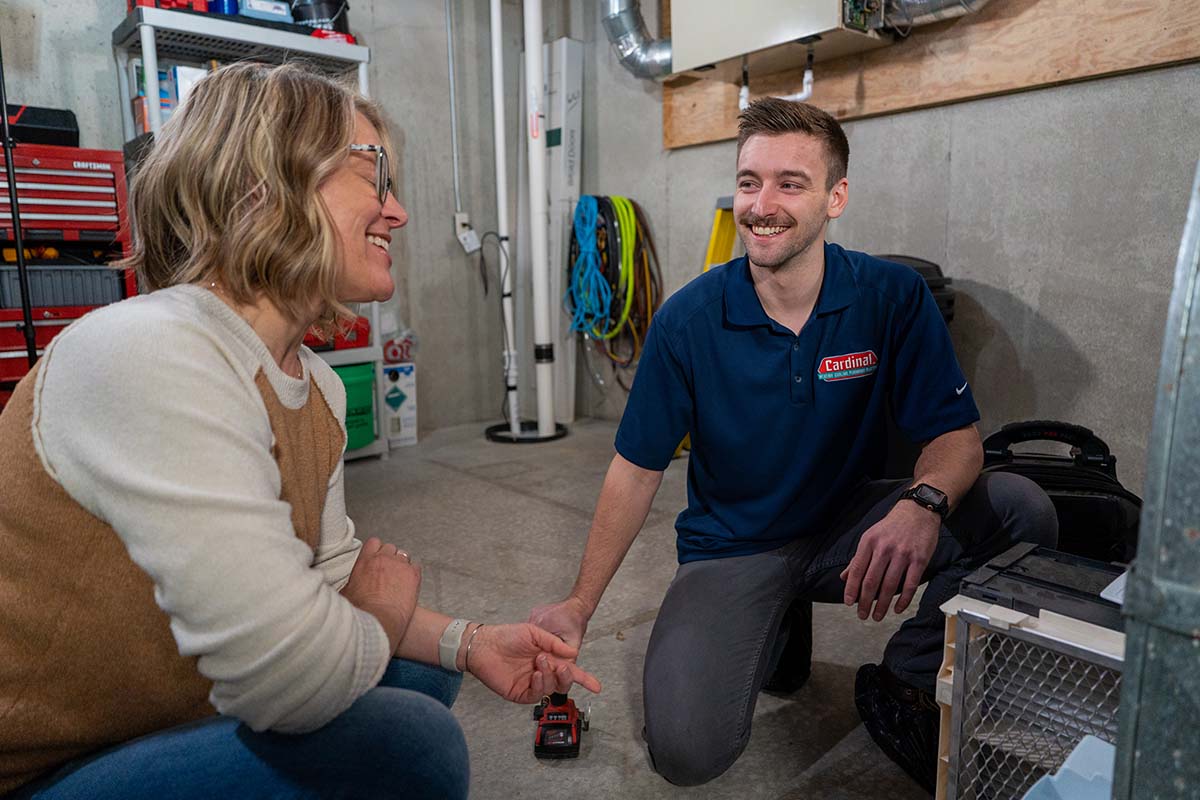According to new research, extreme wildfires have doubled in both their frequency and intensity over the last 20 years. The research included NASA satellite data from January 2003 to November 2023 to quantify how fire activity has changed over time and found that climate change is exacerbating wildfire conditions, but evidence is lacking for global trends in extreme fire activity itself, according to the study.
The need for this type of research is driven by the growth of extreme fires across wide portions of Canada, the western United States, Russia, Australia, and more.
Through the collected data, the study also found that the last seven years included six of the most extreme yet, with 2023 not only being the hottest year on record to date, but also the most extreme wildfire year yet. Out of more than 30 million fires across the world, 2,913 extreme events were identified. The amount of smoke the fire emitted, its levels of greenhouse gas emissions, and the fire’s ecological, social, and economic effects also defined whether a fire qualified as an extreme event.
These wildfires are not just threatening to nearby communities. The largest smoke events come from intense fire events, and smoke notoriously can travel great distances, affecting air quality of residents hundreds of miles away. In May of 2024, Montana, North Dakota, South Dakota, Minnesota, and parts of Wisconsin were under air quality alerts because of the extreme Canadian wildfires.
Fortunately, HVAC contractors have the solutions people in these areas need to protect their indoor air quality against smoke. But not all homeowners know what their options are.
maintenance technician
Standard Heating & Air Conditioning
Increased IAQ Interest
HVAC contractors have reported that recent extreme wildfire events have generated increased interest in indoor air quality (IAQ). After all, under these circumstances, if homeowners don’t have a way to clean, purify, and disinfect their air, wildfire smoke can have serious health effects.
“AQI (air quality index) became a big topic during the 2023 wildfire season, and that changed what people were doing not only outside but also inside to get away from the smoke,” said Brian E., maintenance technician, Standard Heating & Air Conditioning in Minneapolis and Woodbury, Minnesota. “We were physically able to see particulates in the air change the color of our skies.”
More homeowners have been inquiring about HVAC solutions that focus specifically on air quality solutions — whether that’s guidance on upgrading their air filters, considering whole-home air purification systems, or just wanting to understand the role HVAC systems can play in protecting indoor air in general.
Craig Ouimette, chief strategy officer at Cardinal Heating, Cooling, Plumbing, & Electric in Sun Prairie Wisconsin, said his company noticed a few key trends during the height of smoke events, including demand for higher-end air filters and increased IAQ-only calls.
“Customers were actively seeking out HEPA filters and those with higher MERV ratings for better particle capture,” he reported. “We provided consultations to educate them on which filters were best suited for their specific needs.”
Additionally, he said, “We received numerous calls specifically focused on improving indoor air quality, rather than just for traditional HVAC repair or maintenance.”
He also said the company observed a shift in customer priorities as far as IAQ.
“The wildfires prompted a heightened awareness of the impact of outdoor air quality on indoor environments, leading to a greater demand for proactive solutions,” he said.
Brian E. said that people with sensitive to everyday allergies and asthma were trying to look for more relief from wildfire smoke, but they weren’t sure what to do about it.
Aiding Affected Homeowners
These wildfire events have made HVAC even more important than it already was, and contractors play a vital role in helping and protecting homeowners through it all. They have to educate, communicate, observe, and inform — especially since a lot of homeowners might not even be aware that their HVAC contractor has a solution for them.
“Most people only know of options that they see on the shelf of big box stores and are surprised to hear of other options such as a pristine air cleaner, UV lights, or a HEPA filtration system,” said Brian E. “I also find that most people don’t really know what MERV, FPR, and MPR mean when it comes to their filters, and that a simple explanation really does go a long way in understanding how that affects their system and their indoor air quality.”
“Provide clear information about how different filters and air purifiers work, the benefits of various technologies, and how to properly maintain their HVAC systems,” Ouimette said.

Contractors need to provide clear information about how different solutions work, benefits, and how to maintain it. (Courtesy of Cardinal Heating, Cooling, Plumbing, & Electric)
Contractors can also really help these homeowners by asking the right questions and being observant of each situation.
“A lot of people silently suffered — until the question of, ‘Do you suffer from allergies or asthma, and how have the wildfires affected you?’” said Brian E. “Usually, there are already clues inside the home indicating that air quality is something that’s on their minds.”
And, by understanding the unique needs of each customer — whether they are concerned about allergens, asthma triggers, or simply want to breathe clean air — contractors can offer these homeowners a targeted solution.
“We believe that HVAC contractors play a crucial role in helping homeowners protect their health and well-being during wildfire season,” said Ouimette. “By staying informed about the latest IAQ technologies and offering tailored solutions, we can empower homeowners to create safe and healthy indoor environments for themselves and their families.”








